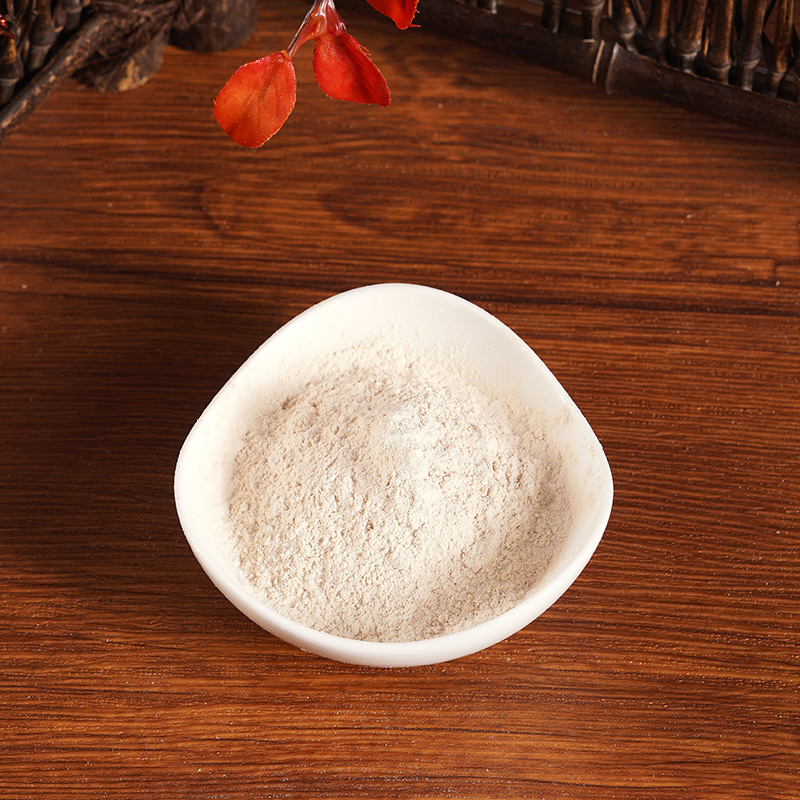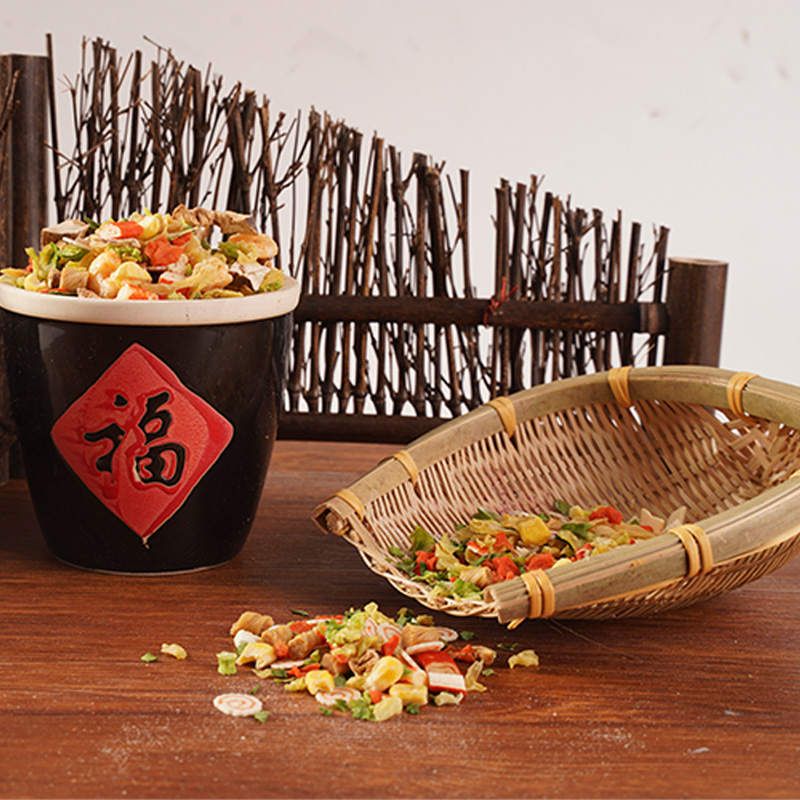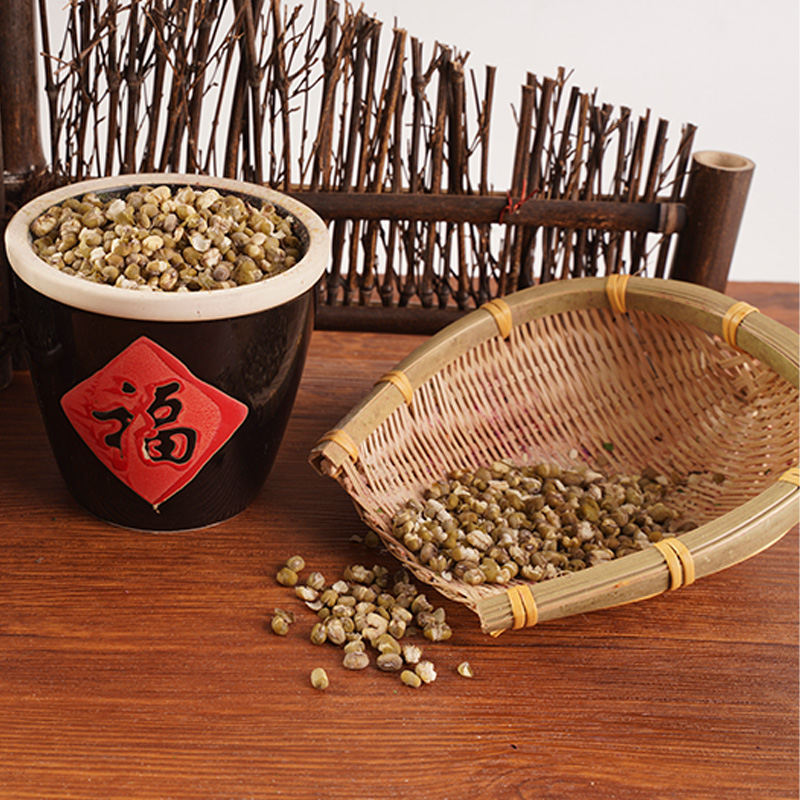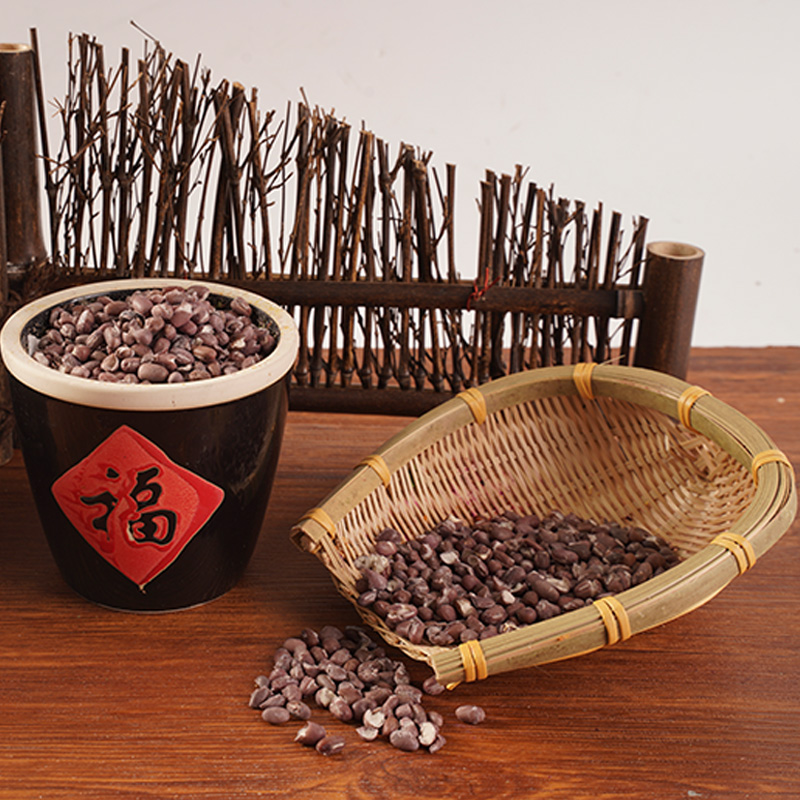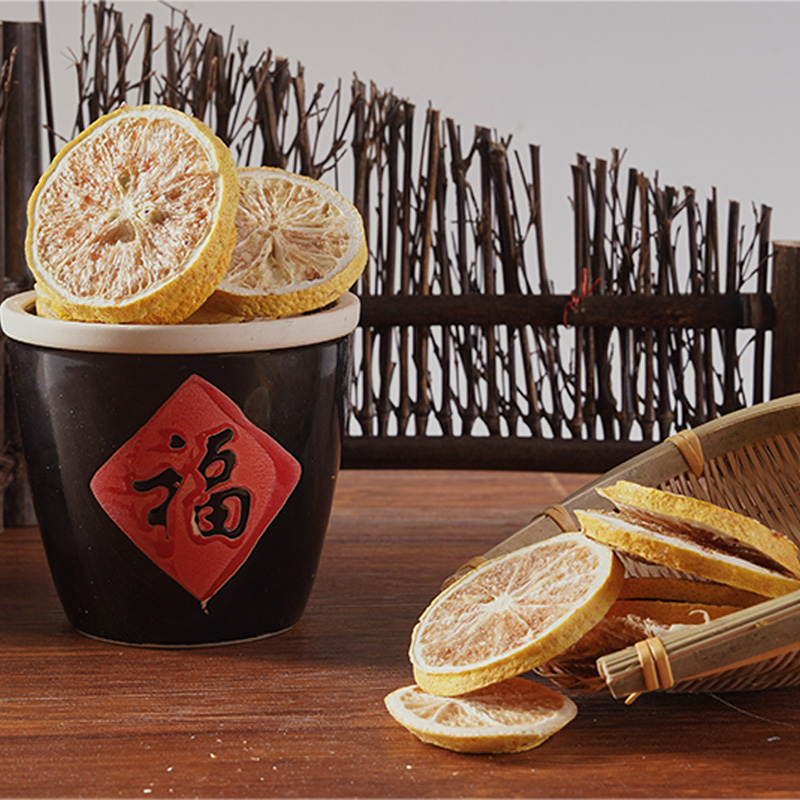How Long Can You Actually Store Dehydrated Vegetables?
Dehydrated Vegetables are a popular choice for long-term food storage due to their reduced moisture content, which inhibits microbial growth. However, the actual storage duration depends on various factors, and understanding these can help maximize shelf life while maintaining nutritional value and safety.
Factors Influencing Shelf Life
The longevity of Dehydrated Vegetables is not fixed; it varies based on environmental and handling conditions. Below are the primary factors that determine how long they remain usable.
Storage Conditions
-
Temperature: Lower temperatures, typically below 60°F (15°C), can significantly extend shelf life by slowing oxidation and enzymatic reactions. Higher temperatures may accelerate nutrient loss and spoilage.
-
Humidity: Relative humidity levels below 15% are ideal, as moisture absorption can lead to mold growth and clumping in Dehydrated Vegetables.
-
Light Exposure: Direct light, especially UV radiation, can cause color fading and nutrient degradation. Storing Dehydrated Vegetables in dark or opaque containers is recommended.
Packaging Methods
-
Oxygen Barrier: Packaging with low oxygen permeability, such as vacuum-sealed bags or containers with oxygen absorbers, helps prevent oxidation and rancidity.
-
Moisture Protection: Airtight seals and desiccant packets can reduce the risk of moisture ingress, which is critical for maintaining the quality of Dehydrated Vegetables.
Typical Shelf Life Ranges
The storage duration for Dehydrated Vegetables can be categorized into general ranges, though individual results may vary based on the factors discussed earlier.
Short-Term Storage
-
Duration: 6 months to 2 years under optimal conditions.
-
Quality Considerations: During this period, Dehydrated Vegetables often retain most of their flavor, color, and nutrients if stored properly.
Long-Term Storage
-
Duration: 2 to 5 years or more, depending on consistent control of temperature, humidity, and packaging.
-
Limitations: Over time, Dehydrated Vegetables may experience gradual nutrient loss, texture changes, and reduced palatability, even if they remain safe to consume.
Indicators of Spoilage
Recognizing signs of deterioration is essential for ensuring the safety of stored Dehydrated Vegetables. Spoilage can occur even within typical shelf life ranges if conditions are suboptimal.
Visual and Sensory Clues
-
Color Changes: Discoloration, such as darkening or unusual spots, may indicate oxidation or microbial growth.
-
Odor and Texture: Off-odors, mustiness, or a slimy texture suggest contamination or moisture issues in Dehydrated Vegetables.
Safety Precautions
-
Microbial Testing: If spoilage is suspected, discarding the product is advised, as consuming compromised Dehydrated Vegetables can pose health risks.
-
Regular Inspection: Periodic checks for leaks, pests, or packaging damage can help prevent spoilage in stored Dehydrated Vegetables.
The storage life of Dehydrated Vegetables depends heavily on factors like temperature, humidity, and packaging. By adhering to best practices, it is possible to extend their usability for several years while minimizing quality loss. Always prioritize proper storage methods to ensure the safety and longevity of Dehydrated Vegetables.
News Category
- Company News(1)
- Industry News(68)



 English
English русский
русский 日本語
日本語 한국어
한국어 中文简体
中文简体






